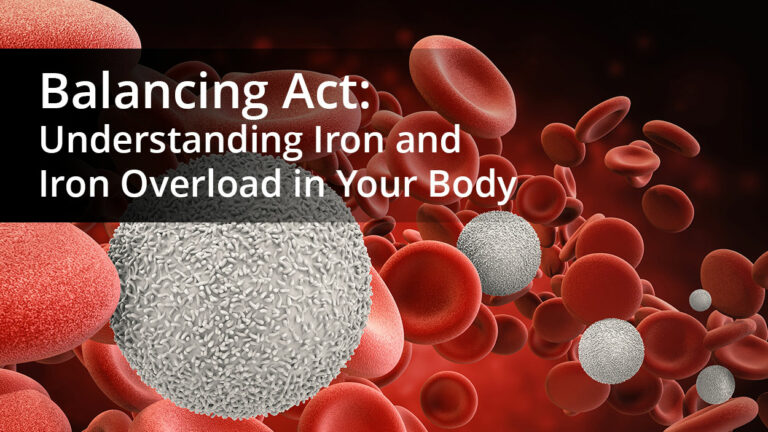
Iron, a crucial element for various physiological functions, embarks on a fascinating journey through the human body, orchestrated by a meticulously regulated process. This essential mineral enters our system through the gateway of our mouth, embarking on a complex expedition that involves absorption, transportation, utilization, and storage.
Upon entering the stomach, iron faces the harsh acidic environment before progressing into the intestine. Under healthy conditions, the intestine absorbs about one to two milligrams of iron per day. This absorbed iron is then entrusted to a tiny protein molecule called transferrin, often likened to a taxi for iron within the body. Transferrin acts as the transporter, shuttling iron to and from crucial destinations like muscles, bone marrow, liver, and spleen.
Iron plays a pivotal role in our muscles, where it is utilized in myoglobin, an essential component for muscle function. Simultaneously, iron is transported to the bone marrow, the hub for red blood cell production. Here, iron is incorporated into haemoglobin, the oxygen-carrying molecule within red blood cells, allowing them to endure up to 120 days in circulation.
The life cycle of red blood cells culminates in their breakdown, orchestrated by reticuloendothelial macrophages. Transferrin steps in once again, extracting the iron from the disintegrated cells and recycling it back to the bone marrow, perpetuating a vital cycle in our body’s iron management.
Excess iron is not casually discarded; instead, it finds a haven in the liver, serving as a reserve for potential future needs. Our bodies naturally maintain a balance between iron gain and loss, with daily losses, owing to the shedding of dead cells and bleeding, averaging one to two milligrams. Despite this intricate system, the body lacks a mechanism for iron excretion. Hence, iron stores are regulated during the absorption phase in the intestine, with iron absorption increasing when stores are low and decreasing when stores are high.
However, this finely tuned mechanism can be disrupted by genetic factors, leading to conditions such as haemochromatosis, where excessive iron absorption occurs, resulting in a dangerous buildup. Disorders affecting haemoglobin genes, like thalassemia, can also contribute to abnormal iron absorption.
Beyond genetic factors, the balance can be perturbed when iron enters the body through unconventional means, such as blood transfusions or iron infusions. Infections and inflammation can further complicate the intricate dance of iron within our system, potentially disturbing its delicate equilibrium.
Under normal conditions, the body employs specialized biomolecules like transferrin and ferritin to bind and safely transport iron. Transferrin acts as a taxi, capable of carrying up to two iron atoms at a time. Ferritin, on the other hand, assumes a storage role, forming a spherical cage that can encapsulate thousands of iron atoms, primarily found in the liver.
Despite these protective measures, excessive iron absorption can lead to a perilous situation. Concentrations of iron rise to levels where biomolecules are insufficient to bind it safely. This results in the release of non-transferrin-bound iron (NTBI), a toxic form that can wreak havoc on organs such as the heart and pancreas. Liver, pancreas, and heart damage are potential consequences of iron overload, emphasizing the critical importance of maintaining a delicate iron balance within the body.
Understanding the intricate pathways of iron in the human body unveils a system finely tuned to maintain equilibrium. However, disruptions, whether genetic or environmental, can lead to iron overload and its associated health risks, underscoring the significance of comprehending and preserving the delicate balance of this essential mineral in our bodies.
If excess iron is allowed to accumulate, it can deposit in organs such as the liver and eventually the heart, leading to potentially severe health complications. The liver is the main site of iron storage in the body, so an accurate measurement of liver iron concentration (LIC) enables doctors to assess the total body iron burden and help determine the most appropriate treatment to remove the iron, manage further deposition, and prevent organ damage.
How can Resonance Health help?
Our products FerriScan®, FerriSmart® and LiverSmart® can analyse LIC with high reliability. These methods use MRI imaging, so they are non-invasive and painless. Contact us to know more.